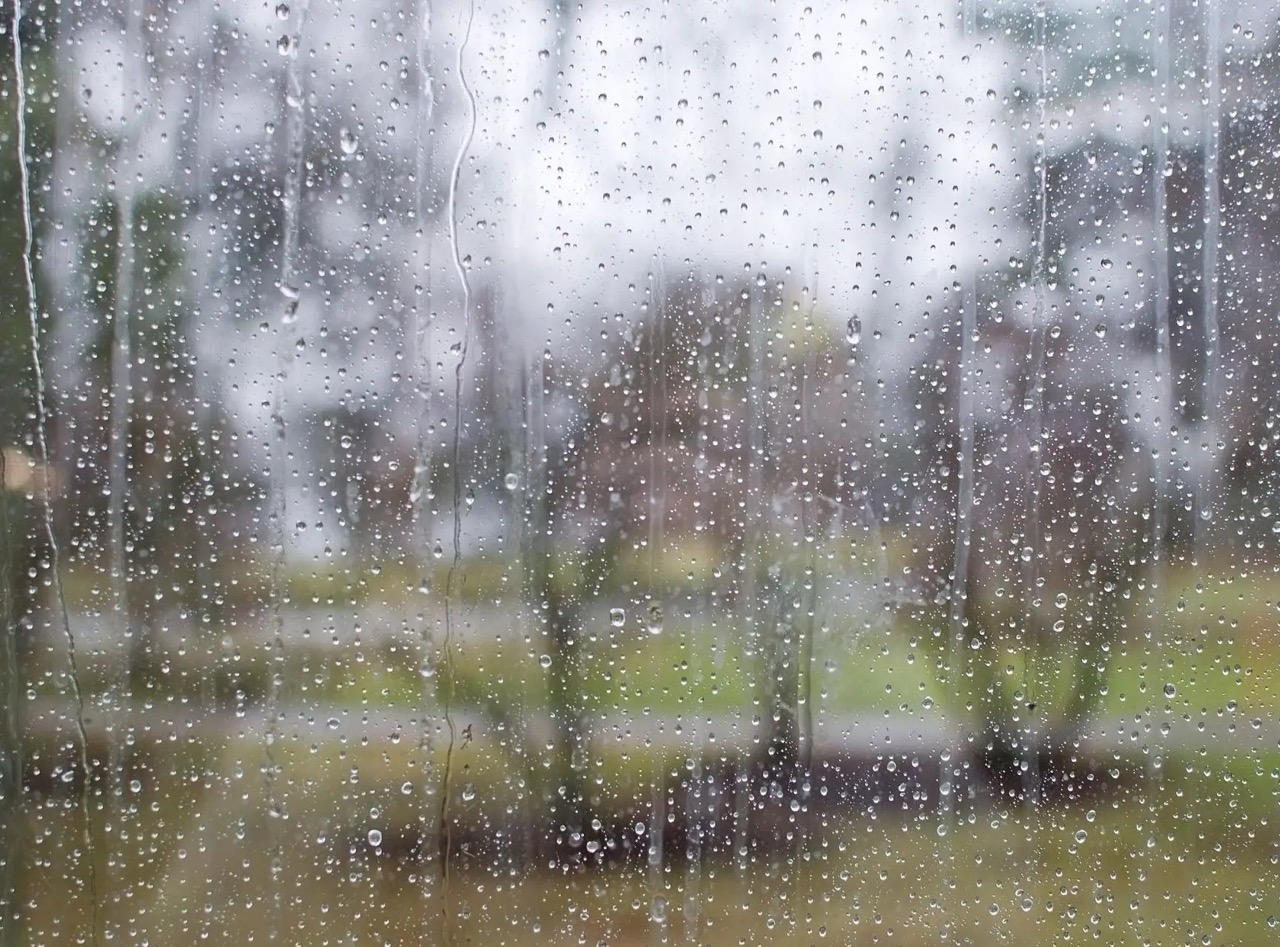

Articles
Why Is My House So Humid With The AC On
Modified: November 1, 2024
Discover articles and solutions to tackle humidity issues in your home, even when the AC is on. Learn why your house may be excessively humid and how to find effective remedies.
(Many of the links in this article redirect to a specific reviewed product. Your purchase of these products through affiliate links helps to generate commission for Storables.com, at no extra cost. Learn more)
Introduction
Have you ever wondered why your house feels so humid even when the air conditioning is on? It can be frustrating and uncomfortable, especially during hot summer months. High humidity levels can make your home feel hotter, promote the growth of mold and mildew, and can even have negative effects on your health. Understanding the causes of excessive humidity when the AC is running is crucial to finding effective solutions.
Humidity refers to the amount of moisture or water vapor present in the air. It is typically measured in percentage known as relative humidity. When the relative humidity is high, the air feels damp, sticky, and uncomfortable. Air conditioners are designed to not only cool your home but also remove excess humidity. However, if you find that the humidity remains high despite the AC being on, it is important to identify the underlying causes.
The way air conditioning works is by extracting warm air from your home and passing it through a refrigerant coil. The heat is absorbed by the refrigerant, cooling the air, and then the chilled air is circulated back into your living space. As the warm air passes through the evaporator coil, moisture in the air condenses on the coil and is collected in a drain pan or drained away. This process helps to reduce the humidity levels in your home.
However, several factors can contribute to excessive humidity even when the AC is running. Let’s take a look at some common causes of high humidity and how to address them to create a more comfortable and healthier living environment.
Key Takeaways:
- Proper AC sizing and regular maintenance are crucial for effective humidity control. Addressing issues such as clogged filters, poor insulation, and leaky ducts can significantly improve indoor comfort and reduce the risk of mold growth.
- Using dehumidifiers alongside your AC system can provide targeted humidity control, especially in areas with consistently high humidity. Proper placement, energy considerations, and maintenance are key factors to consider when using dehumidifiers.
Read more: Why Is My AC So Loud Inside My House
Understanding Humidity
To effectively address the issue of excessive humidity in your home when the AC is on, it is important to have a basic understanding of what humidity is and how it affects your indoor environment.
Humidity refers to the amount of moisture or water vapor present in the air. It is influenced by factors such as temperature, weather conditions, and ventilation. Humidity is typically measured as a percentage known as relative humidity.
Relative humidity indicates how much moisture the air is holding compared to the maximum amount it can hold at a specific temperature. For example, if the relative humidity is 50%, it means the air is holding half of the maximum moisture it can hold at that temperature.
High humidity levels can cause discomfort and make the temperature feel hotter than it actually is. This is because high humidity inhibits the evaporation of sweat from our skin, making it harder for our bodies to cool down naturally. In addition to feeling uncomfortable, excessive humidity can promote the growth of mold, mildew, and dust mites, which can have negative effects on indoor air quality and your health.
On the other hand, low humidity levels can also cause problems. Dry air can lead to dry skin, irritated respiratory systems, and static electricity. It can also cause wood furniture, flooring, and musical instruments to crack or warp.
With proper humidity control, you can create a more comfortable and healthy indoor environment. The ideal relative humidity range for most homes is typically between 40% and 60%. However, this can vary depending on individual preferences and the climate in which you live.
Now that you have a better understanding of humidity, let’s explore the factors that can contribute to excessive humidity in your home when the air conditioning is running.
How Air Conditioning Works
Before we delve into the causes of excessive humidity with the AC on, let’s take a closer look at how air conditioning actually works. Understanding the basic principles of air conditioning will help us better grasp why humidity issues may arise.
Air conditioning systems work on the principle of heat transfer. They use a refrigerant, which is a special chemical compound, to remove heat from the indoor air and transfer it outside, effectively cooling the air in your home. This process involves three main components: the evaporator coil, the condenser coil, and the compressor.
The evaporator coil, located inside your home, is where the refrigerant absorbs heat from the indoor air. As warm air passes over the coil, the refrigerant absorbs its heat, causing the air to cool down. At the same time, moisture in the air condenses on the evaporator coil, lowering the humidity level in the process.
The compressor is the heart of the air conditioning system. It compresses the refrigerant, raising its temperature and pressure. This hot, pressurized refrigerant then flows to the condenser unit, located outside your home.
In the condenser unit, the refrigerant releases the heat it absorbed from the indoor air to the outside environment. As the heat is expelled, the refrigerant cools down and becomes a liquid again, ready to return to the evaporator coil to start the cooling cycle all over again.
While air conditioning systems are designed to cool and dehumidify the air, it’s important to note that they are not primarily designed as dehumidifiers. The primary focus is on cooling, and dehumidification is a byproduct of the cooling process.
Now that we have a better understanding of how air conditioning works, let’s explore some common causes of excessive humidity when the AC is running, and how to address them to maintain a comfortable and balanced indoor environment.
Common Causes of Excessive Humidity with AC On
Experiencing high humidity levels even when the air conditioning is running can be frustrating. Several factors can contribute to this issue. Let’s explore some of the common causes:
- Inadequate Sizing of AC Unit: When the AC unit is not properly sized for your home, it may struggle to effectively remove both heat and humidity. An oversized unit cools the air quickly, but doesn’t run long enough to dehumidify it properly. On the other hand, an undersized unit may not have the capacity to handle the cooling and dehumidification needs of the space, resulting in high humidity levels.
- Clogged Air Filters: Dirty and clogged air filters impede airflow, causing the AC system to work harder and less efficiently. When airflow is restricted, the evaporator coil may not cool down sufficiently, leading to reduced moisture removal and higher humidity levels.
- Poor Insulation: Inadequate insulation in your home can contribute to higher humidity levels. Poor insulation allows warm, humid air from the outside to seep in, reducing the effectiveness of the air conditioning system in maintaining desired humidity levels indoors.
- Leaky Air Ducts: Leaky air ducts can introduce unconditioned air into your home, increasing humidity levels. When the AC is running, the system works harder to compensate for the air leakage, leading to reduced dehumidification capacity.
- Incorrect AC Settings: Incorrectly configured AC settings can contribute to high humidity levels. For example, setting the fan speed to “ON” instead of “AUTO” can result in excessive humidity as the fan continuously circulates air without the cooling and dehumidification cycles.
- High Outdoor Humidity: High levels of outdoor humidity can make it challenging for the AC system to maintain desired indoor humidity levels. If the outdoor humidity is already high, the AC may struggle to dehumidify the air effectively.
Identifying the specific cause of excessive humidity with the AC on is crucial in order to implement the right solutions. In the next section, we will explore various ways to reduce humidity in your house when the air conditioning is running.
Inadequate Sizing of AC Unit
One common cause of excessive humidity in a house with the AC on is the inadequate sizing of the air conditioning unit. When your AC unit is not correctly sized for your home, it can struggle to effectively cool and dehumidify the air, leading to high humidity levels indoors.
There are two potential sizing issues that can occur: an oversized AC unit or an undersized AC unit.
Oversized AC Unit: An oversized AC unit cools the air too quickly, but it runs for shorter cycles. While this may seem ideal for providing quick relief from the heat, it doesn’t allow enough time for the AC system to dehumidify the air effectively. As a result, the air may feel cool but still remain humid. Additionally, the short cycling of the AC unit can lead to increased wear and tear, reduced energy efficiency, and higher utility bills.
Undersized AC Unit: An undersized AC unit, on the other hand, may not have enough cooling and dehumidification capacity to handle the needs of your home. It will run longer to try and cool the space, but it may not be able to remove enough moisture from the air. This can lead to a persistent feeling of humidity and discomfort.
So how do you know if your AC unit is properly sized for your home? The best way is to have a professional HVAC technician perform a load calculation. A load calculation takes into account factors such as the size of your home, the number of occupants, the insulation levels, and other variables to determine the appropriate size of AC unit required.
If it is determined that your AC unit is not the right size for your home, the solution may involve replacing the unit with one that is properly sized. While this can be an investment up front, it will ensure that your AC system operates efficiently, provides the desired level of cooling, and effectively removes excess humidity from the air.
Addressing the issue of inadequate sizing of your AC unit is crucial in reducing excessive humidity when the AC is running. By ensuring that your AC unit is properly sized for your home, you can create a more comfortable and balanced indoor environment.
Clogged Air Filters
One of the common causes of excessive humidity in a house with the AC on is clogged air filters. Air filters play a vital role in maintaining the efficiency and performance of your air conditioning system. When these filters become clogged with dirt, dust, and debris, it can impede the airflow and hinder the proper functioning of the AC unit.
Air filters are designed to capture airborne particles and pollutants, preventing them from circulating through your home. However, over time, these filters accumulate dirt and debris, leading to clogs that obstruct the airflow. As a result, the air conditioning system has to work harder to pull air through the filters, reducing its capacity to cool and dehumidify the air effectively.
When the airflow is restricted by clogged air filters, the evaporator coil, located in the air handler unit, may not cool down enough. This can hinder the condensation process, where the moisture in the air condenses on the evaporator coil and is collected in a drain pan. If the coil doesn’t cool properly, there will be less condensation and, consequently, less dehumidification happening in the system.
High humidity levels can be a sign that your air filters need to be cleaned or replaced. It is recommended that you check your air filters regularly, at least once a month, and clean or replace them as needed. The frequency may vary depending on factors such as indoor air quality, the presence of pets, and the level of outdoor pollutants.
Regular maintenance of your air filters not only helps to improve the dehumidification capability of your AC unit but also enhances the overall efficiency and lifespan of the system. It allows for better airflow, which ensures consistent cooling and reduces strain on the equipment.
To clean or replace the air filters, start by switching off the AC system. Locate the air filter in your air handler unit, which is typically found in a closet, basement, or attic. Remove the filter and inspect it for dirt and debris. If it is visibly dirty or clogged, clean it using a vacuum cleaner or wash it gently with mild soap and water. Allow the filter to dry completely before reinserting it. If the filter is damaged or worn out, it is recommended to replace it with a new one.
By regularly cleaning or replacing your air filters, you can ensure that your AC system operates efficiently, provides effective cooling and dehumidification, and helps to maintain balanced humidity levels in your home.
Poor Insulation
Poor insulation in your home can contribute to high humidity levels even when the air conditioning is running. Inadequate insulation allows warm, humid air from the outside to seep into your home, disrupting the cooling and dehumidification process of your AC unit.
Insulation acts as a barrier that helps to reduce the transfer of heat and moisture between the interior and exterior of your home. It helps to maintain a comfortable and controlled indoor environment by preventing the intrusion of outdoor air and reducing the workload on your air conditioning system.
When your home is poorly insulated, especially in areas such as attics, crawl spaces, walls, and windows, it becomes easier for warm, humid air to infiltrate your living space. This can result in increased humidity levels, making it harder for your AC system to effectively dehumidify the air and maintain a comfortable indoor environment.
Excessive humidity caused by poor insulation can also lead to condensation issues. When warm, moist air comes into contact with cooler surfaces such as walls, ceilings, or windows that are not properly insulated, condensation can occur. This can create an ideal environment for mold and mildew growth, negatively impacting indoor air quality and potentially causing health issues.
To address poor insulation, consider performing an insulation inspection of your home. Start by checking areas where air leaks or drafts are commonly found, such as windows, doors, electrical outlets, and exterior walls. Look for any visible gaps or cracks and seal them using weatherstripping, caulk, or insulation materials.
If you suspect larger insulation issues, it may be beneficial to consult with a professional insulation contractor. They can assess the insulation quality throughout your home and recommend appropriate upgrades or repairs. This could involve adding insulation to specific areas or improving the overall insulation level of your home.
By addressing poor insulation, you can create a more airtight and energy-efficient home. This will not only contribute to reducing excessive humidity levels but also provide benefits such as improved comfort, energy savings, and better control over your indoor environment.
Leaky Air Ducts
Leaky air ducts can be a significant contributor to excessive humidity in a house with the AC on. Air ducts are responsible for distributing cool, dehumidified air throughout your home. When these ducts have leaks or gaps, they can introduce unconditioned air from the attic, crawlspace, or walls into your living space, leading to increased humidity levels.
Air duct leaks can occur due to various factors, such as poor installation, age-related deterioration, or damage from pests or construction work. The presence of leaks allows warm, humid air from outside the conditioned spaces to mix with the cool air being circulated by the AC system.
When the AC system is running, it works hard to cool and dehumidify the air. However, if there are leaks in the air ducts, the cooled air escapes, and unconditioned air infiltrates the system. This unconditioned air brings in additional moisture, making it more challenging for the AC system to adequately remove humidity from the indoor environment.
Leaky air ducts not only lead to increased humidity but also result in energy waste and reduced efficiency of your cooling system. The AC system has to compensate for the conditioned air lost through the leaks by working harder and running for longer cycles, leading to higher energy consumption and increased wear and tear on the equipment.
To address leaky air ducts, it’s recommended to conduct a thorough inspection of your ductwork. Look for visible signs of leaks, such as loose or disconnected sections of ducts, gaps, or cracks. You may also notice excessive dust buildup around the ducts, which can indicate air leakage points.
If you discover any leaks, there are several options for sealing and repairing them. For small gaps or cracks, you can use mastic sealant or foil tape designed for HVAC applications. Ensure the area is clean and dry before applying the sealant, and follow the manufacturer’s instructions for best results.
For larger leaks or damaged sections of ductwork, it is advisable to seek assistance from a professional HVAC technician. They have the expertise and equipment to assess and repair the leaks effectively, ensuring that your ductwork is properly sealed and airtight.
By addressing leaky air ducts, you can improve the efficiency of your AC system, reduce energy waste, and maintain optimal humidity levels in your home when the AC is running.
Incorrect AC Settings
Incorrectly configured AC settings can also contribute to high humidity levels in a house even when the AC is running. It’s important to ensure that you have the correct AC settings to effectively control both temperature and humidity.
One common mistake is setting the fan speed to “ON” instead of “AUTO.” When the fan is set to “ON,” it runs continuously, regardless of whether the cooling cycle is active or not. While this setting may be beneficial for improving air circulation and filtration, it can also lead to higher humidity levels. When the fan runs constantly, it doesn’t allow enough time for the evaporator coil to cool down and effectively remove moisture from the air. As a result, the humidity level remains high.
Setting the fan to “AUTO” is the recommended option for controlling humidity. In the “AUTO” mode, the fan only runs when the cooling cycle is active. This allows for proper dehumidification as the air passes over the chilled evaporator coil. Once the desired temperature is reached, the fan will automatically shut off, preventing excess moisture from being circulated throughout the house.
Another setting to consider is the temperature setting. While it may be tempting to set your AC to a very low temperature in an attempt to cool your home faster, this can also lead to higher humidity levels. The AC system needs time to dehumidify the air, and running it at an extremely low temperature can cause the system to cycle on and off more frequently, resulting in inadequate dehumidification. It’s advisable to set your AC at a moderate temperature that provides comfort while also allowing the system to effectively remove moisture from the air.
It’s important to periodically check and adjust your AC settings to ensure that they are optimized for temperature and humidity control. If you’re unsure about the correct settings for your specific AC unit, consult the manufacturer’s guidelines or consider seeking advice from an HVAC professional.
By having the correct AC settings, such as using the “AUTO” fan mode and setting appropriate temperature levels, you can help maintain a comfortable indoor environment with controlled humidity levels.
Check and clean your AC filters regularly to ensure proper airflow and humidity control. Consider using a dehumidifier in addition to your AC to further reduce humidity levels in your home.
Read more: Why Is The Robie House So Unique?
High Outdoor Humidity
One factor that can contribute to excessive humidity in a house with the AC on is high outdoor humidity. While air conditioning systems are designed to dehumidify the air, they can face challenges in maintaining desired indoor humidity levels when the outdoor humidity is already high.
Outdoor humidity refers to the moisture content present in the air outside your home. When the outdoor humidity is high, it means that the air is already saturated with moisture. In such conditions, your AC unit has to work harder to remove moisture from the air and maintain indoor comfort.
During periods of high outdoor humidity, the AC system may not be able to dehumidify the air as efficiently as it would under normal conditions. This can result in sustained higher humidity levels indoors, even when the AC is running.
It is important to understand that air conditioning systems are designed to remove both heat and humidity from the air. However, if the difference between the outdoor and indoor humidity levels is significant, the AC system may struggle to achieve the desired indoor humidity level.
In such situations, there are several steps you can take to help mitigate the effects of high outdoor humidity:
- Close windows and doors: By keeping windows and doors closed, you prevent the influx of humid outdoor air into your home. This can help reduce the impact of high outdoor humidity on your indoor environment.
- Use ventilation wisely: Use exhaust fans in areas like the kitchen and bathroom to expel moist air. This will help to prevent it from spreading throughout your home. However, avoid using excessive ventilation, as it can potentially bring in more humid air from outside.
- Consider a dehumidifier: If you live in an area with consistently high outdoor humidity, using a dehumidifier in addition to your air conditioning system can be beneficial. Dehumidifiers are designed specifically to remove excess moisture from the air, ensuring optimal humidity levels inside your home.
While high outdoor humidity can pose challenges for maintaining indoor comfort, implementing these strategies can help minimize its impact. By taking proactive steps, you can create a more comfortable and balanced indoor environment, even during periods of high outdoor humidity.
Ways to Reduce Humidity in a House with AC On
Experiencing high humidity levels in your home when the air conditioning is running can be uncomfortable and detrimental to indoor air quality. Fortunately, there are several effective ways to reduce humidity and create a more comfortable living environment. Let’s explore some of these methods:
- Proper AC Sizing and Maintenance: Ensuring that your AC unit is properly sized for your home is crucial in maintaining optimal humidity levels. An oversized or undersized unit can lead to inadequate dehumidification. Regular AC maintenance, such as cleaning the evaporator coil and checking refrigerant levels, can also enhance its dehumidification capabilities.
- Regular Filter Replacement: Clogged air filters can hinder airflow and reduce the efficiency of your AC system, resulting in higher humidity levels. It’s important to clean or replace your air filters regularly, as recommended by the manufacturer, to maintain proper airflow and enhance dehumidification.
- Improving Insulation: Poor insulation can allow warm, humid air to infiltrate your home, making it harder for your AC unit to mitigate humidity. Adding insulation to walls, attics, and crawl spaces can help reduce the intrusion of outdoor air, improve energy efficiency, and maintain desired humidity levels.
- Sealing Air Ducts: Leaky air ducts can introduce unconditioned air and humidity into your home. Properly sealing and insulating the ductwork can prevent air leaks and help maintain desired humidity levels. Consider hiring a professional to assess and repair any leaks in your air ducts.
- Adjusting AC Settings for Humidity Control: Setting your AC to the “AUTO” fan mode allows the system to cycle the fan on and off as needed for proper dehumidification. Additionally, setting an appropriate temperature that balances comfort and energy efficiency can help control humidity levels.
- Using Dehumidifiers: In areas with consistently high humidity, using portable or whole-house dehumidifiers alongside your AC system can provide targeted humidity control. These devices remove excess moisture from the air, helping to maintain a comfortable and healthy indoor environment.
By implementing these strategies, you can effectively reduce humidity levels in your home when the AC is running. It’s important to remember that maintaining appropriate humidity levels not only enhances comfort but also promotes better indoor air quality and prevents the growth of mold and mildew. If you continue to experience persistently high humidity levels despite these efforts, it may be advisable to consult with a professional HVAC technician to assess and address any underlying issues.
Proper AC Sizing and Maintenance
Ensuring that your air conditioning (AC) unit is properly sized for your home is essential in maintaining optimal humidity levels. An incorrectly sized AC system can lead to inadequate dehumidification and contribute to higher humidity indoors. Additionally, regular AC maintenance is crucial for maximizing its dehumidification capabilities and overall performance.
When it comes to AC sizing, it’s important to match the cooling capacity of the unit with the specific requirements of your home. An oversized AC unit will cool the air quickly, but it may not run long enough to effectively dehumidify it. On the other hand, an undersized unit may struggle to keep up with the cooling and dehumidification needs, resulting in high humidity levels.
To determine the appropriate AC size, it’s recommended to have a professional HVAC technician perform a load calculation. This calculation takes into account factors such as the size of your home, the number of occupants, the insulation levels, and other variables to determine the ideal cooling capacity required for optimal dehumidification. Following the load calculation, the technician can recommend the right AC unit size to match your specific needs.
In addition to proper sizing, regular AC maintenance is crucial to ensure optimal performance and dehumidification. Here are some key maintenance tasks:
- Clean the Evaporator Coil: Over time, the evaporator coil can accumulate dirt, dust, and debris, hindering its ability to effectively cool and dehumidify the air. It’s important to clean the coil periodically to remove any buildup, allowing for efficient heat transfer and moisture removal.
- Check Refrigerant Levels: Insufficient refrigerant levels can impact the cooling and dehumidification capacity of your AC system. Regularly checking and maintaining proper refrigerant levels will ensure optimal performance and prevent issues related to humidity control.
- Inspect and Clean Air Ducts: Dust, mold, and other contaminants can accumulate in the air ducts, affecting airflow and the overall performance of your AC system. Regularly inspecting and cleaning the air ducts will promote proper airflow and enhance dehumidification.
- Replace Air Filters: Clogged air filters can impede airflow, reducing the efficiency of your AC system and hindering its ability to dehumidify the air. It’s essential to regularly clean or replace air filters to maintain proper airflow and ensure effective humidity control.
- Address Fan and Blower Issues: Malfunctioning fans or blowers can hinder airflow and compromise the dehumidification process. Regularly inspecting and servicing these components will help maintain optimal airflow and humidity control.
By ensuring proper AC sizing and performing regular maintenance, you can optimize the dehumidification capabilities of your AC system. This will help achieve and maintain comfortable indoor humidity levels, enhance energy efficiency, and promote a healthier living environment.
Regular Filter Replacement
Regular filter replacement is a crucial aspect of maintaining effective humidity control in your home when the air conditioning (AC) is running. Air filters play a vital role in keeping your AC system clean and efficient, and they directly impact the overall indoor air quality and humidity levels.
The main purpose of air filters is to capture and remove various airborne particles, such as dust, pollen, pet dander, and mold spores, from the circulated air. Over time, these particles accumulate on the filter, causing it to become clogged and less effective in allowing proper airflow through the AC system.
When air filters are clogged, they restrict the airflow, making it difficult for the AC system to operate at its full capacity. This can have a direct impact on humidity control as the airflow is impeded, hindering the dehumidification process. As a result, high humidity levels can persist in your home, even with the AC running.
Regularly replacing your air filters is essential for maintaining optimal airflow and efficient dehumidification. Here are some key considerations:
- Frequency of Replacement: The frequency of air filter replacement depends on various factors such as the type of filter, the level of air pollution in your area, the presence of pets, and the number of occupants in your home. As a general guideline, it is recommended to inspect the filters monthly and replace them every 60-90 days. However, if you have pets or experience higher levels of dust or indoor pollutants, more frequent replacement may be necessary.
- Choosing the Right Filter: There are different types of filters available, such as fiberglass, pleated, and high-efficiency filters. The choice of filter depends on your specific needs and budget. Higher-efficiency filters can capture smaller particles but may also restrict airflow more. Consult the manufacturer’s recommendations or seek guidance from an HVAC professional to select the appropriate filter for your system.
- Proper Installation: When installing a new filter, make sure it is properly aligned and sealed within the filter housing. Incorrectly installed filters can allow unfiltered air to bypass and enter the system, potentially impacting the efficiency of the AC system and humidity control.
- Regular Inspection and Cleaning: In addition to filter replacement, regular inspection and cleaning of filters are also essential. Inspect the filters for any visible signs of dirt, dust, or damage, and clean them if necessary. Vacuuming or washing the filters with mild soap and water can help remove accumulated dirt and improve their effectiveness.
By regularly replacing and properly maintaining your air filters, you can ensure optimal airflow, enhance humidity control, improve indoor air quality, and help create a comfortable and healthy home environment.
Read more: Why Is My Basement So Hot
Improving Insulation
Improving the insulation in your home is a key step towards reducing humidity levels when the air conditioning (AC) is running. Inadequate insulation allows warm, humid air from the outside to seep into your living space, making it harder for your AC system to effectively control humidity.
Insulation acts as a barrier that helps to reduce the transfer of heat and moisture between the interior and exterior of your home. By improving insulation, you can create a more airtight and energy-efficient environment, preventing outside air from infiltrating your living space.
Here are some key areas in your home where you can focus on improving insulation:
- Attic Insulation: The attic is a common area where heat and moisture can penetrate your home. Adding insulation to the attic floor or roof can help prevent the intrusion of hot, humid air and maintain a more controlled indoor environment.
- Wall Insulation: Insulated walls can significantly improve the overall energy efficiency of your home. If you have bare walls or older insulation, it may be worthwhile to consider upgrading or adding insulation to enhance the thermal barrier and reduce external moisture infiltration.
- Window and Door Insulation: Windows and doors can be sources of air leaks and poor insulation. Insulation options such as weatherstripping and caulking can effectively seal gaps and cracks, preventing warm, humid air from entering your home.
- Crawl Space Insulation: Crawl spaces are vulnerable to moisture intrusion, which can contribute to higher indoor humidity levels. Insulating crawl spaces with vapor barriers, insulation blankets, or closed-cell spray foam can help prevent moisture from entering your living space.
- Floor Insulation: Insulating the floors above unconditioned spaces, such as garages or basements, can also improve humidity control. It acts as a barrier to prevent moist air from entering your home through the floor and helps maintain a more comfortable and controlled indoor environment.
To determine the most appropriate insulation improvements for your home, consider consulting with a professional insulation contractor. They can assess your current insulation levels, identify areas of improvement, and recommend the most effective insulation materials and methods for your specific needs.
Improving insulation not only helps reduce humidity levels but also enhances energy efficiency, reduces utility costs, and promotes a more comfortable living environment. By creating a better thermal and moisture barrier, you can effectively control moisture infiltration and maintain optimal humidity levels inside your home.
Sealing Air Ducts
Sealing air ducts is an important step to reduce humidity in a house when the air conditioning (AC) is running. Leaky air ducts can introduce unconditioned air from non-living spaces into your home, increasing humidity levels and making it harder for the AC system to effectively control moisture.
Air duct leaks can occur due to various factors, such as poor installation, aging ductwork, or damage from pests or construction activities. These leaks allow warm, humid air from areas like attics, crawl spaces, or basements to infiltrate the AC system, resulting in elevated indoor humidity levels.
Sealing air ducts provides several benefits in terms of humidity control and overall HVAC system performance:
- Reduced Humidity Infiltration: By sealing air ducts, you minimize the intrusion of humid outside air into your living spaces. This helps maintain desired humidity levels and prevents excess moisture from affecting the indoor environment.
- Improved Airflow: Leaky ducts can hinder proper airflow, which impacts the efficiency of your AC system’s dehumidification process. Sealing the air ducts ensures better airflow, allowing the AC system to effectively remove moisture from the air and maintain comfortable humidity levels.
- Enhanced Energy Efficiency: Duct leaks can result in significant energy loss as conditioned air escapes through the leaks. By sealing these leaks, you prevent wasteful energy loss, which not only improves humidity control but also enhances overall energy efficiency and lowers utility bills.
- Better Indoor Air Quality: Leaky ducts can allow dust, allergens, and other contaminants to enter your living spaces. Sealing the ductwork helps prevent the infiltration of these particles, improving indoor air quality and creating a healthier home environment.
- Professional Inspection and Sealing: It is advisable to hire a professional HVAC technician to assess and seal your air ducts. They have the expertise and specialized equipment, such as duct sealants or mastic, to ensure effective and long-lasting sealing. They can also identify any other potential issues that may affect humidity control and address them accordingly.
Keep in mind that duct sealing is not a DIY task unless you have the necessary experience and knowledge. Improper sealing techniques or materials may lead to further leaks or compromise the integrity of the ductwork. Hiring a professional ensures that the sealing process is done correctly and efficiently.
By sealing your air ducts, you can significantly improve humidity control, enhance energy efficiency, and create a more comfortable and healthier indoor environment. Consult with an HVAC professional to assess your ductwork and determine the most appropriate sealing solutions for your home.
Adjusting AC Settings for Humidity Control
Properly adjusting your air conditioning (AC) settings is essential for effective humidity control in your home. By optimizing the settings, you can create a comfortable indoor environment while keeping humidity levels in check.
Here are some key AC settings to consider:
- Fan Mode: The fan mode on your thermostat can have a significant impact on humidity control. It’s important to set the fan mode to “AUTO” instead of “ON.” In the “AUTO” mode, the fan runs only when the cooling cycle is active. This allows the AC system to control humidity levels more effectively by cycling the fan on and off as needed. Continuous fan operation in the “ON” mode can result in insufficient dehumidification as the air passes over the evaporator coil for shorter periods of time.
- Temperature Settings: While it may be tempting to set your AC at a very low temperature to cool your home faster, it can lead to higher humidity levels. The AC system needs time to dehumidify the air, and extremely low temperature settings can cause the system to cycle on and off rapidly, reducing its dehumidification capabilities. Set your AC to a moderate temperature that provides comfort while allowing sufficient time for dehumidification.
- Programmable Thermostat: Investing in a programmable thermostat can help optimize AC settings for humidity control. With a programmable thermostat, you can set different temperature and fan settings for different times of the day. This allows you to adjust the AC settings to account for periods when humidity levels may be higher, such as during early morning hours or when outdoor humidity is elevated.
- Smart Thermostat Features: Smart thermostats offer advanced features that can help with humidity control. Some models have built-in humidity sensors that can monitor and automatically adjust the AC settings based on the humidity levels detected. Utilizing these features can ensure more accurate and efficient humidity control.
- Regular Maintenance: Keeping your AC system well-maintained is crucial for optimal performance and humidity control. Regularly cleaning the evaporator coil and checking refrigerant levels will help ensure that the AC system functions at its best. If you notice any issues with humidity control, consult with an HVAC professional to diagnose and address the problem.
Every home and climate is unique, so it may require some experimentation and adjustments to find the optimal AC settings for humidity control. Consider tracking and monitoring your indoor humidity levels using a hygrometer to determine whether adjustments are needed.
By adjusting your AC settings to include the proper fan mode, temperature settings, and utilizing programmable or smart thermostat features, you can effectively control indoor humidity levels and create a more comfortable living environment.
Using Dehumidifiers
When dealing with excessive humidity in your home, using a dehumidifier alongside your air conditioning (AC) system can be an effective solution. Dehumidifiers are specifically designed to remove excess moisture from the air, helping to maintain optimal humidity levels.
Here are some key points to consider when using dehumidifiers:
- Complementary to AC System: While AC systems can remove some humidity as a byproduct of the cooling process, they are primarily designed for temperature control. Dehumidifiers work hand-in-hand with AC systems by focusing on dehumidification, helping to create a more comfortable indoor environment with balanced humidity levels.
- Targeted Humidity Control: Dehumidifiers provide targeted humidity control in specific areas of your home. Portable dehumidifiers can be placed in rooms with high humidity, such as basements, laundry rooms, or bathrooms. Whole-house dehumidifiers, on the other hand, are installed within your HVAC system to dehumidify the air throughout your entire home. These devices remove excess moisture from the air, preventing the growth of mold, improving indoor air quality, and reducing the overall humidity levels.
- Humidity Set Points: Dehumidifiers typically allow you to set specific humidity levels. Depending on your comfort preferences and climate, you can set the desired humidity level (usually between 40%-60%) to maintain a healthy and comfortable indoor environment. The dehumidifier will operate until the set humidity level is reached, and then it will turn off or run at a low speed to maintain that level.
- Energy Considerations: Dehumidifiers consume energy to operate, so it’s important to consider their energy efficiency. Look for Energy Star-rated dehumidifiers, which meet high standards of energy efficiency. Also, consider using dehumidifiers with built-in humidistats or sensors that can automatically turn off or adjust operation based on the desired humidity levels, helping to conserve energy.
- Proper Placement and Maintenance: When using portable dehumidifiers, place them in areas prone to high humidity or moisture, and ensure they have proper airflow around them. Clean and maintain the dehumidifier according to the manufacturer’s instructions to ensure its effectiveness and longevity. For whole-house dehumidifiers, consult with a professional HVAC technician for proper installation and maintenance.
It’s important to note that dehumidifiers should not be used as a substitute for proper AC system maintenance or addressing underlying issues such as insulation or duct leaks. However, they can be a valuable addition to your home’s humidity control strategy, especially in areas with consistently high humidity levels.
Consult with an HVAC professional or research different dehumidifier models to determine which type of dehumidifier best suits your needs. By using dehumidifiers, you can effectively reduce excessive humidity, improve indoor air quality, and create a more comfortable and healthier living environment for you and your family.
Read more: Why Doesnt My AC Work In My Car
Conclusion
Excessive humidity in a house with the air conditioning (AC) on can be a frustrating and uncomfortable experience. However, by understanding the causes of high humidity and taking appropriate measures, you can effectively reduce humidity levels and create a more comfortable and healthy indoor environment.
From inadequate AC sizing and clogged air filters to poor insulation, leaky air ducts, incorrect AC settings, or high outdoor humidity, there are various factors that can contribute to elevated humidity levels. Identifying the specific causes allows you to implement targeted solutions.
To reduce humidity in a house with the AC on, several strategies can be employed. Ensure that your AC unit is properly sized for your home, and perform regular maintenance, including filter replacement, cleaning the evaporator coil, and checking refrigerant levels. Improving insulation throughout your home can help prevent the intrusion of warm, humid air from outside. Sealing air ducts and adjusting AC settings, such as using the “AUTO” fan mode and setting appropriate temperature levels, can enhance humidity control.
In some cases, using dehumidifiers can be an effective solution, providing targeted humidity control in specific areas or throughout your entire home. Portable or whole-house dehumidifiers remove excess moisture, preventing mold growth and improving indoor air quality.
Remember that proper AC sizing and maintenance, filter replacement, insulation improvement, duct sealing, appropriate AC settings, and the use of dehumidifiers are all important components of an integrated approach to humidity control. It is also recommended to consult with HVAC professionals for expert guidance and assistance.
By implementing these strategies, you can create a more comfortable and balanced indoor environment, reduce the risk of mold and mildew growth, improve indoor air quality, and promote the overall well-being of you and your family.
Take proactive steps to address humidity issues in your home, and enjoy the benefits of a cool, dry, and comfortable living space throughout the year.
Frequently Asked Questions about Why Is My House So Humid With The AC On
Was this page helpful?
At Storables.com, we guarantee accurate and reliable information. Our content, validated by Expert Board Contributors, is crafted following stringent Editorial Policies. We're committed to providing you with well-researched, expert-backed insights for all your informational needs.
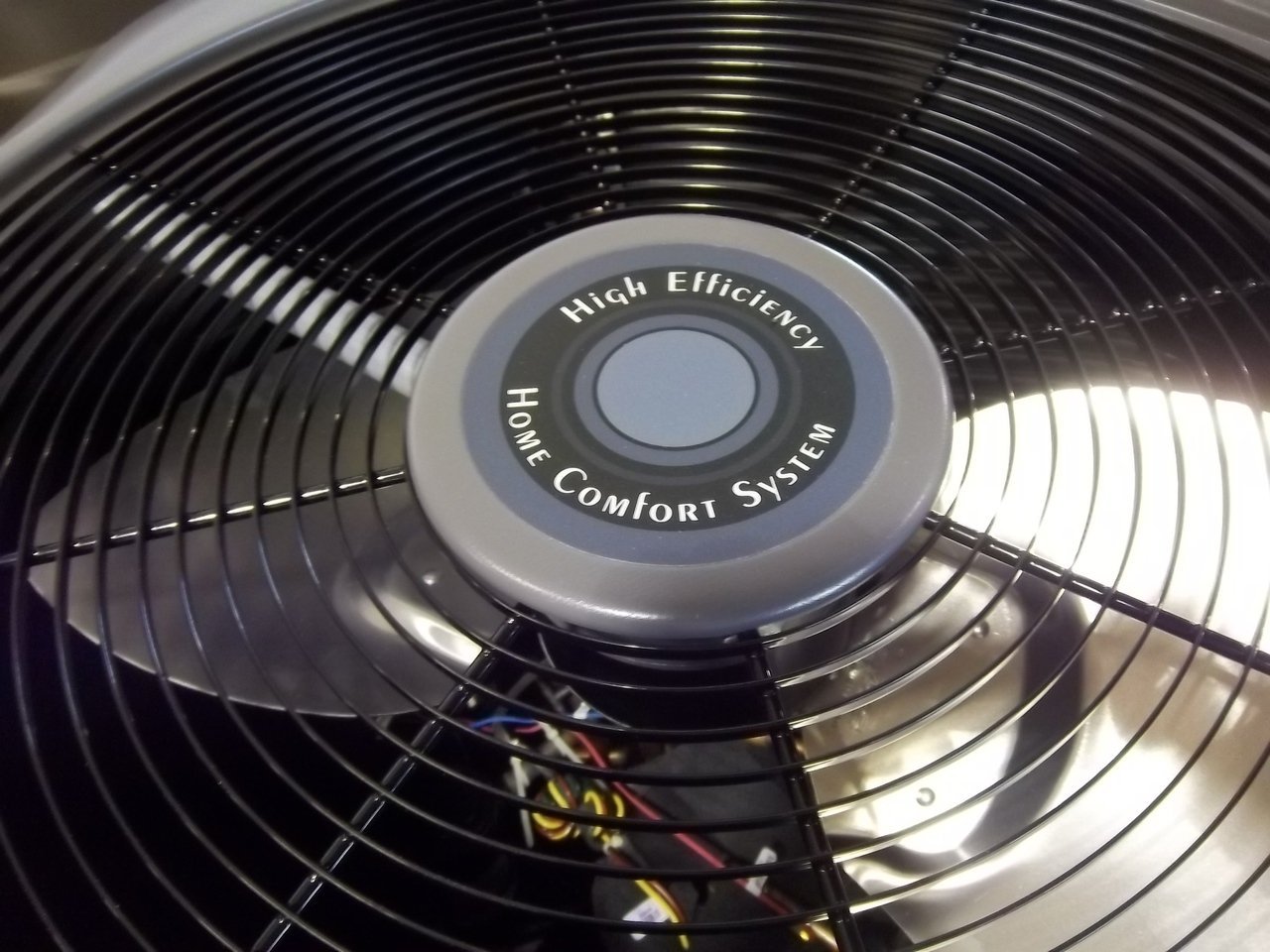

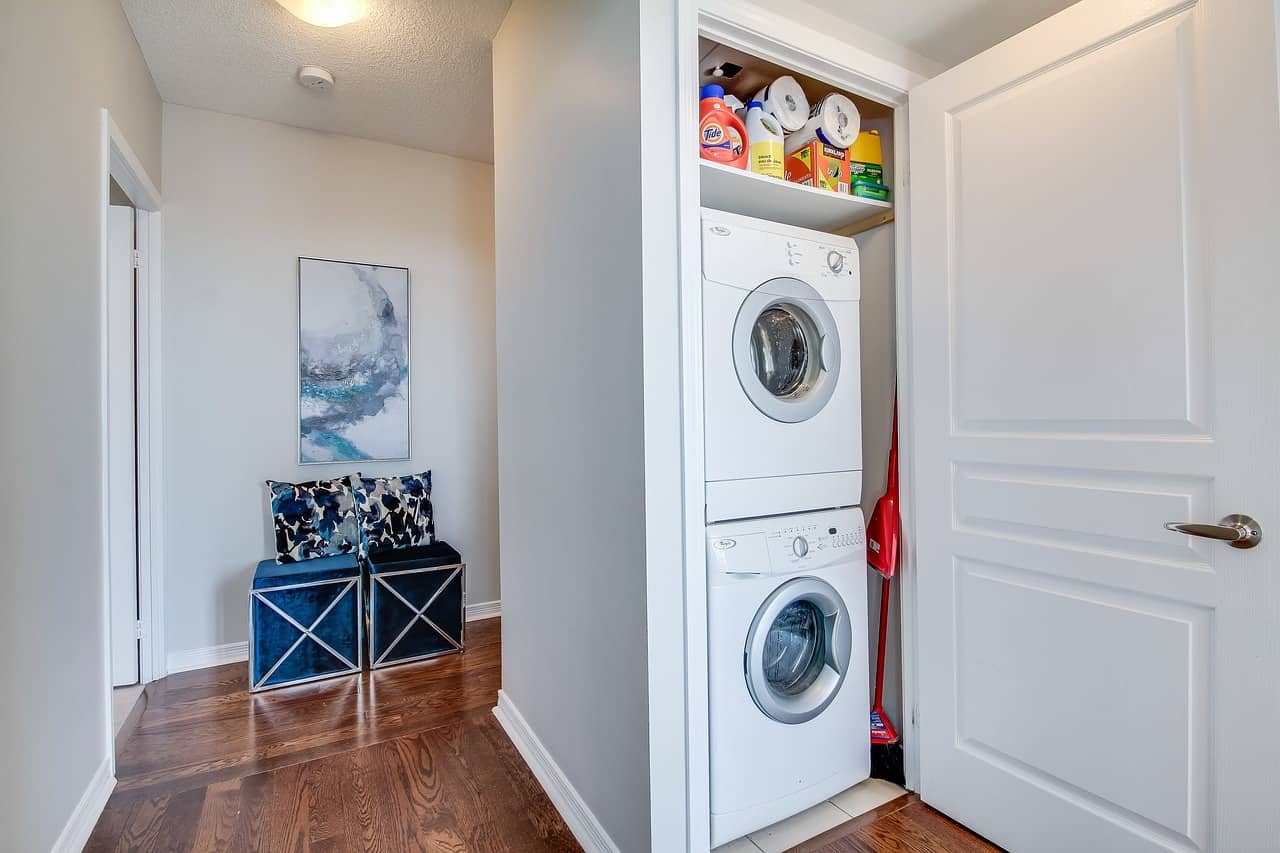
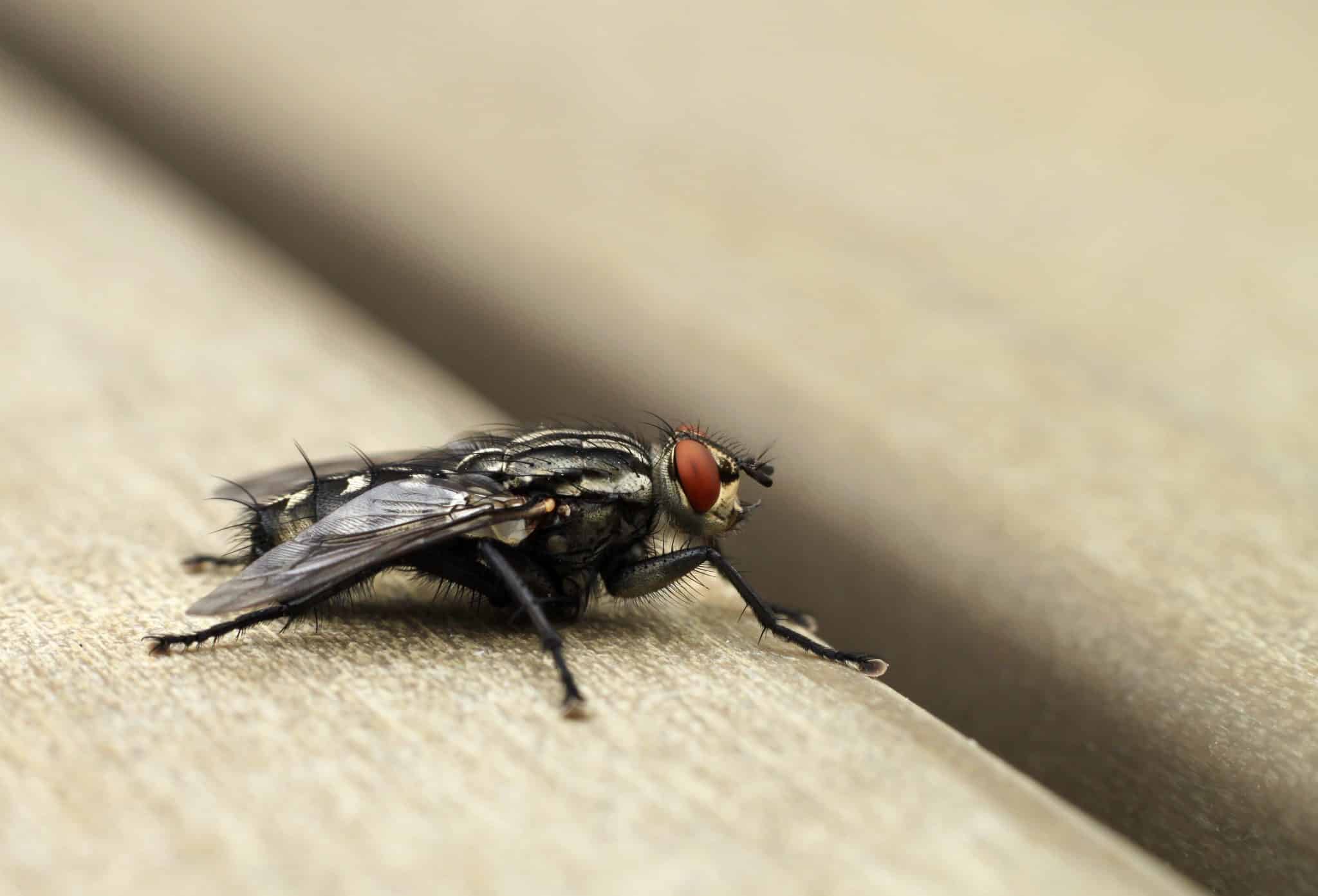

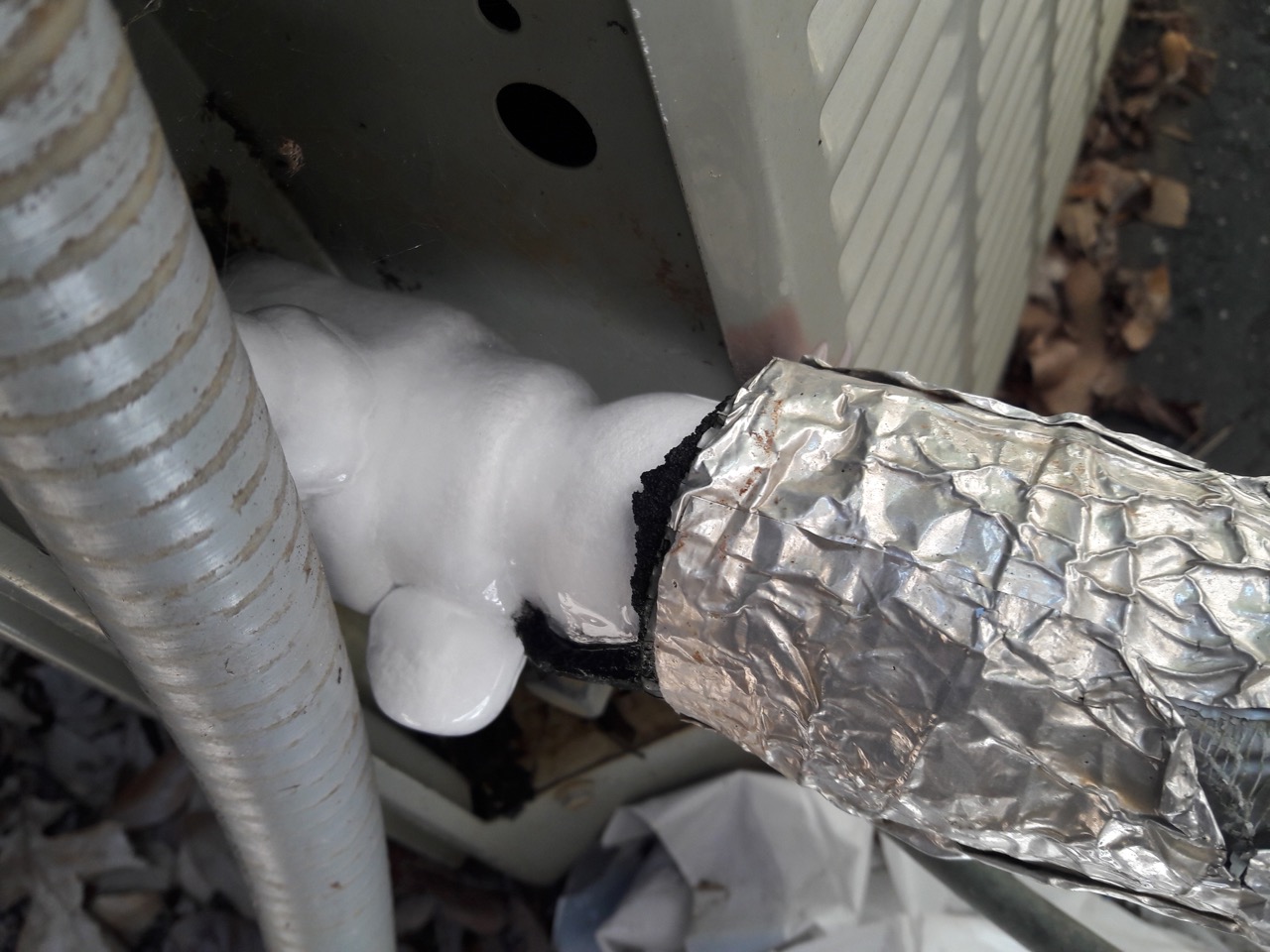
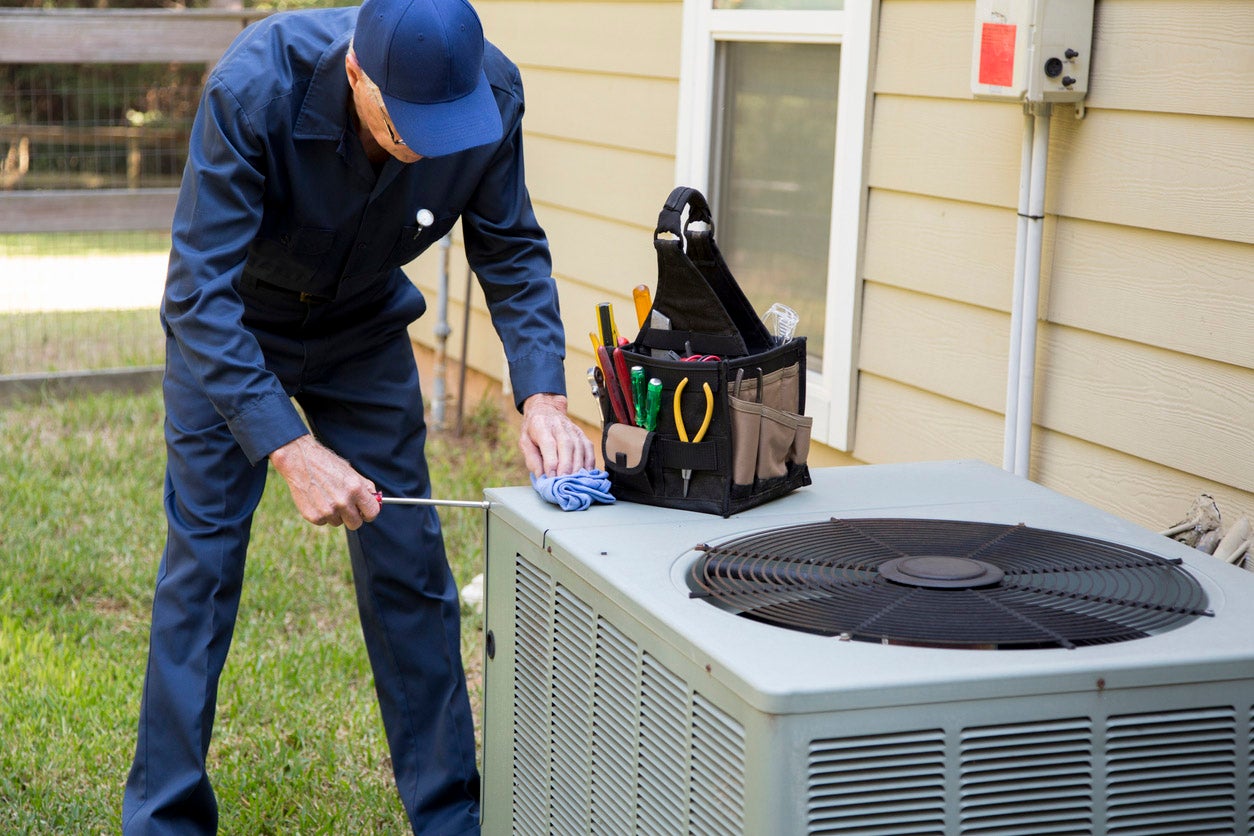
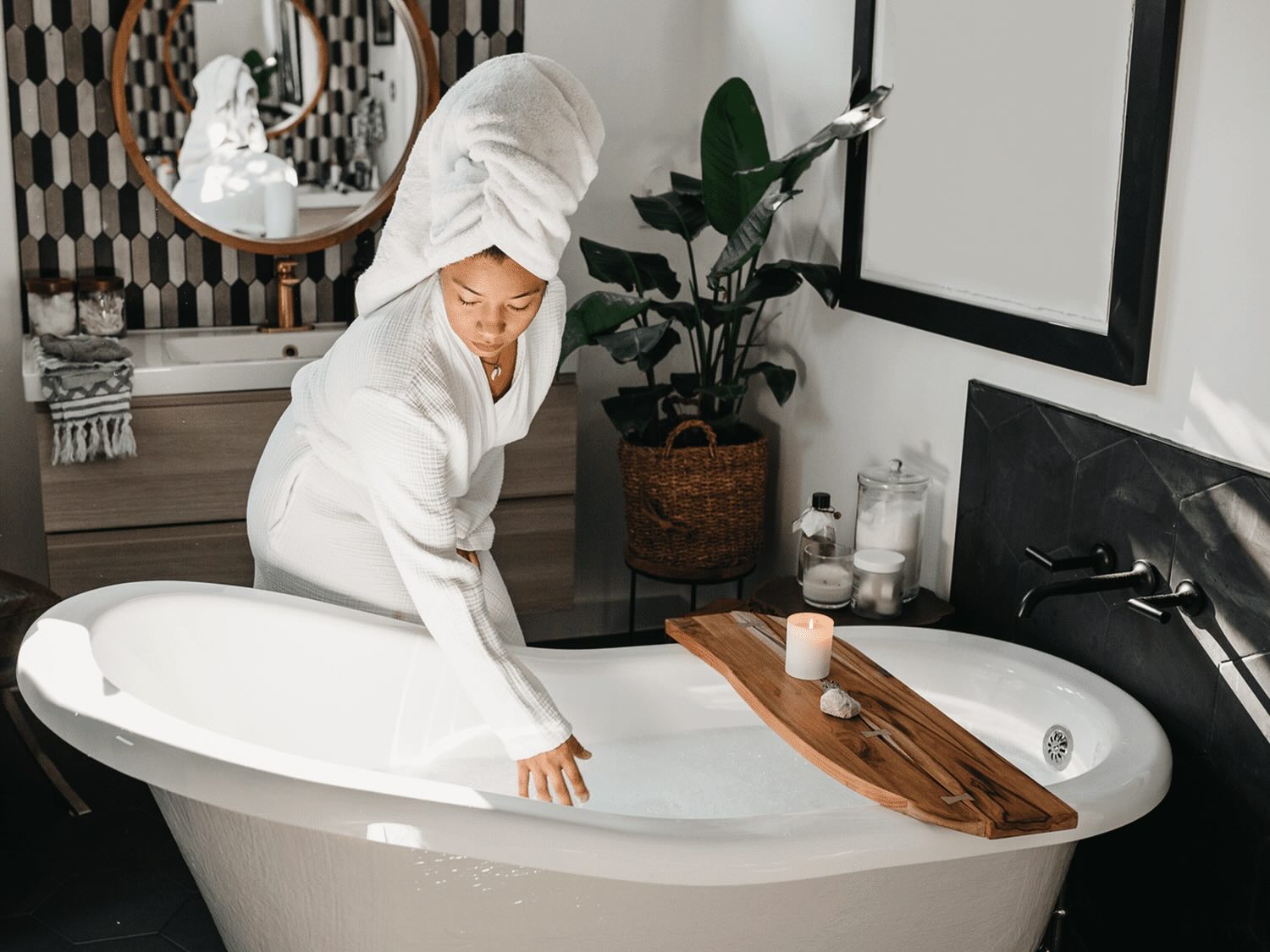
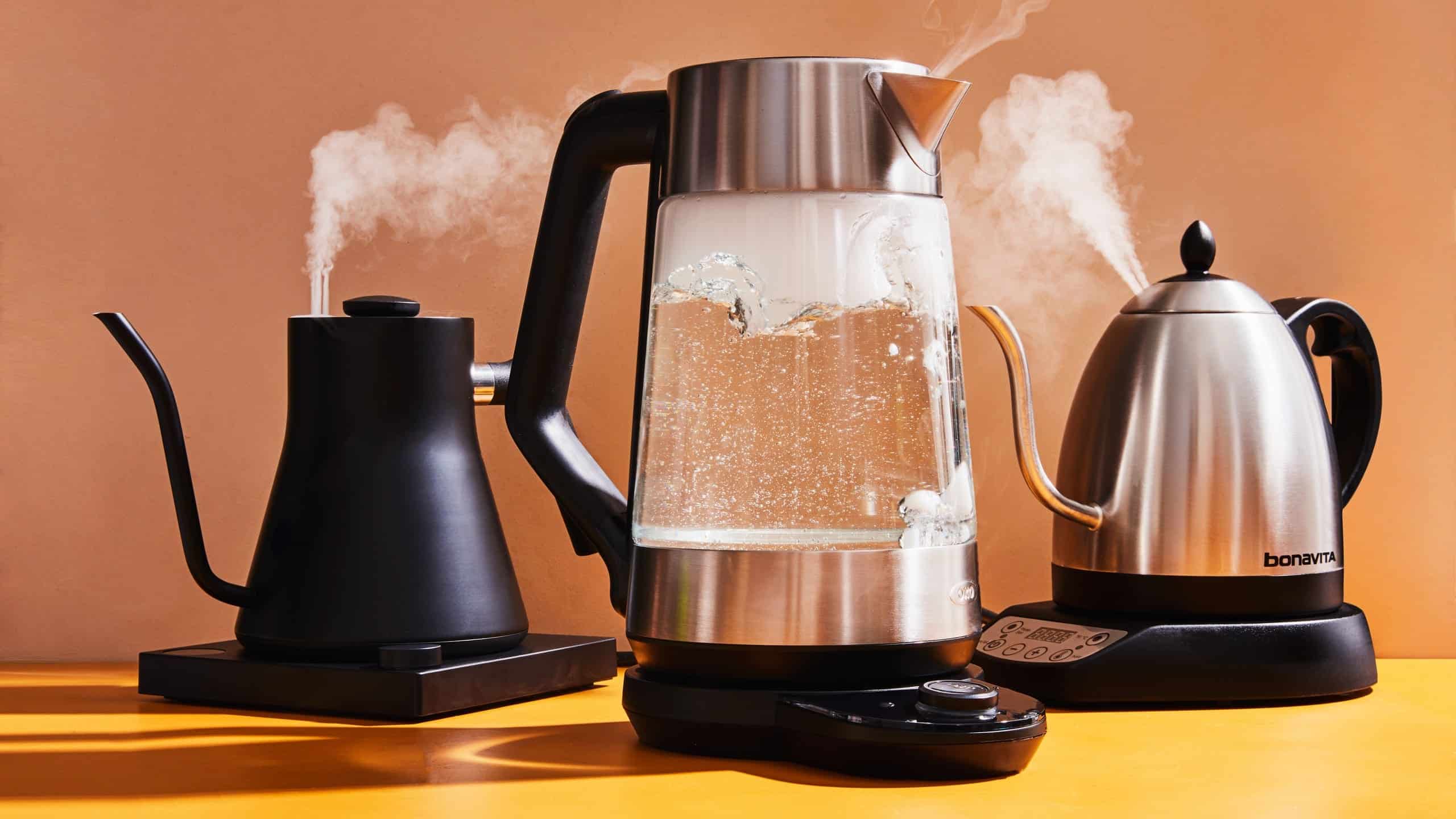
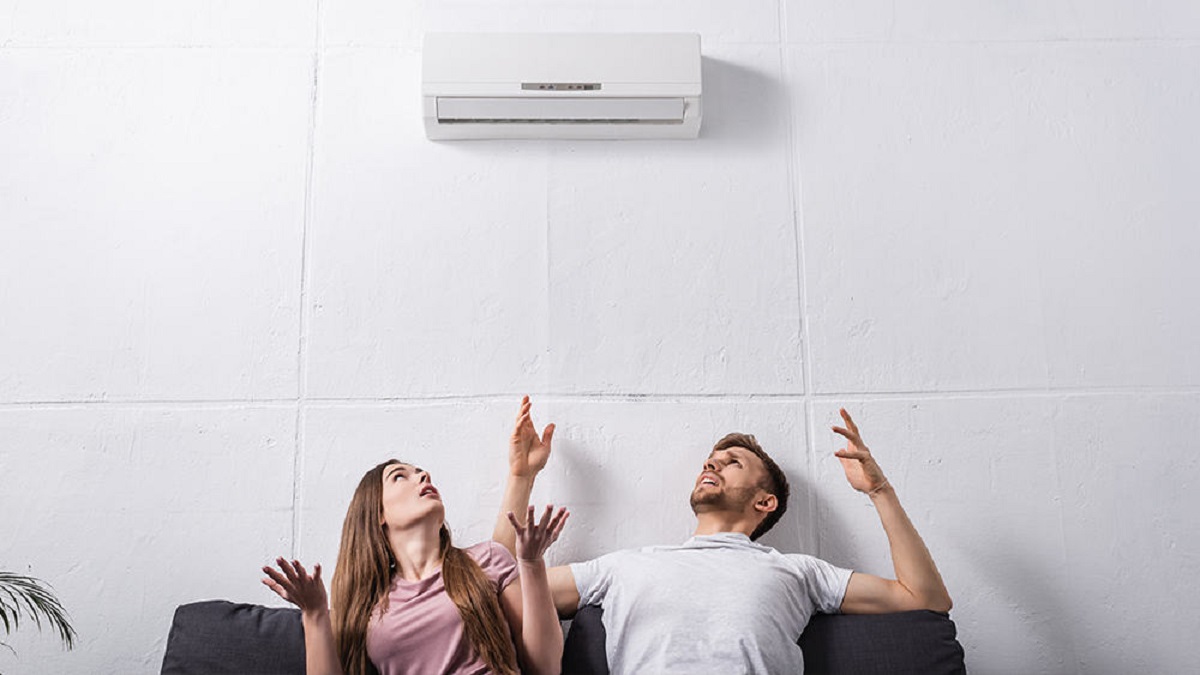
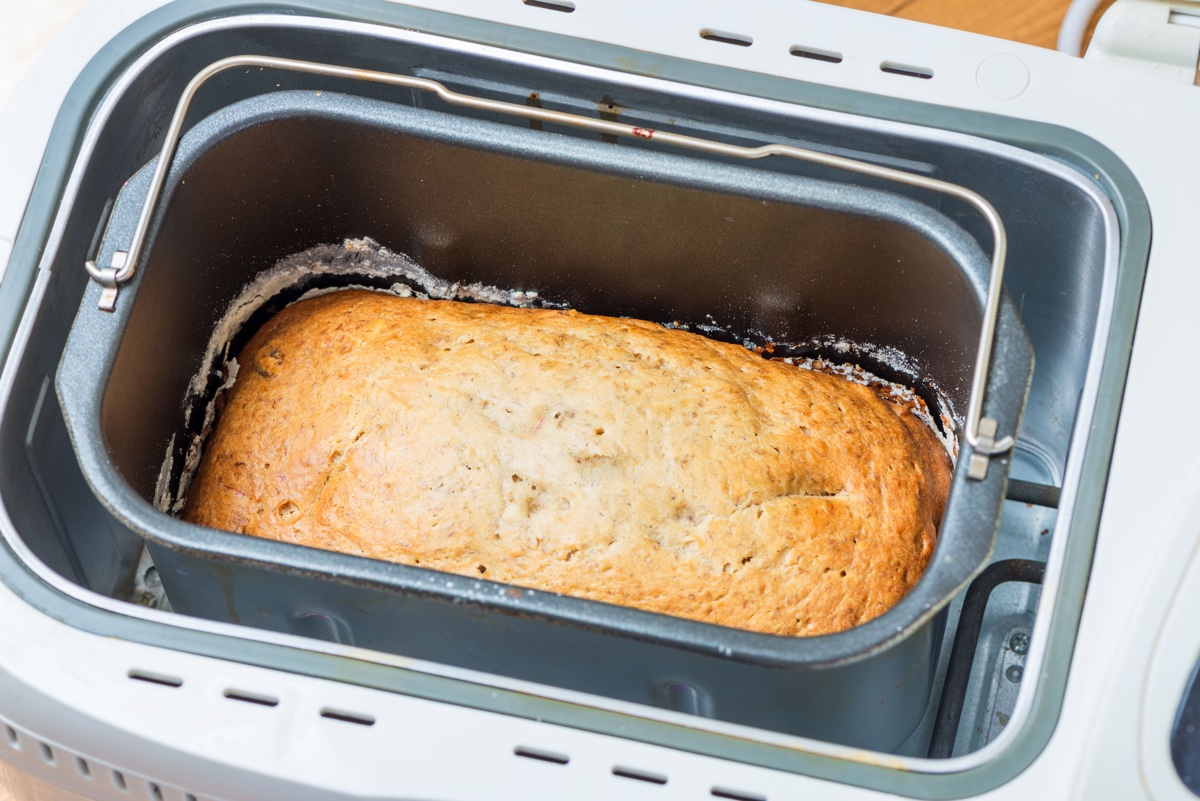

0 thoughts on “Why Is My House So Humid With The AC On”